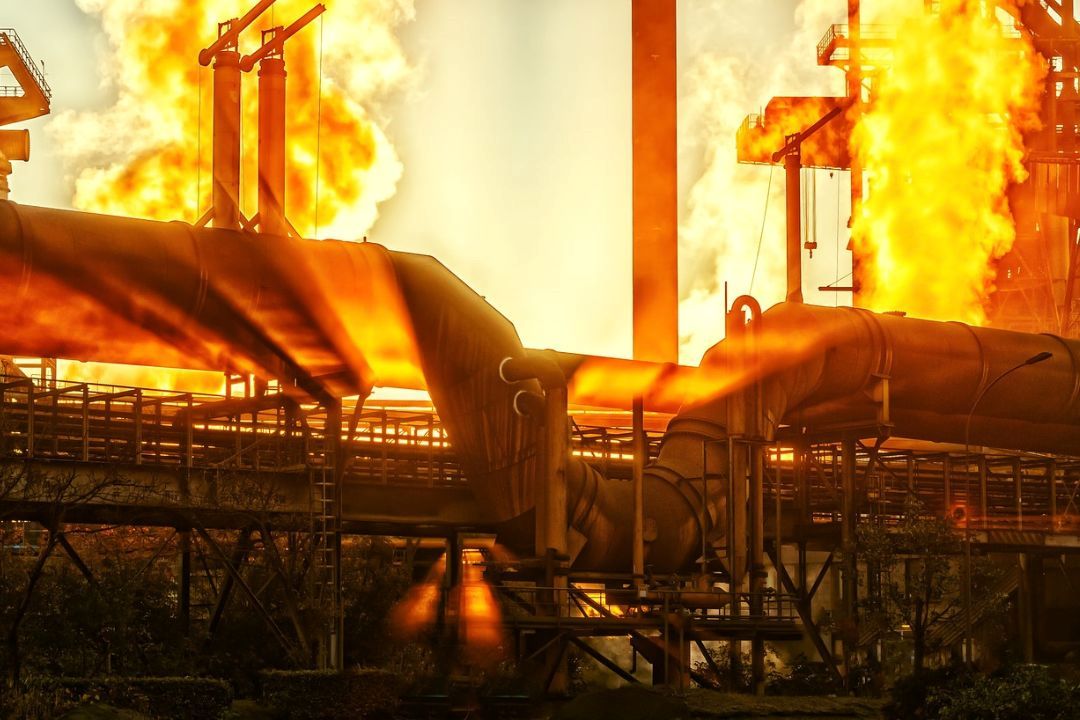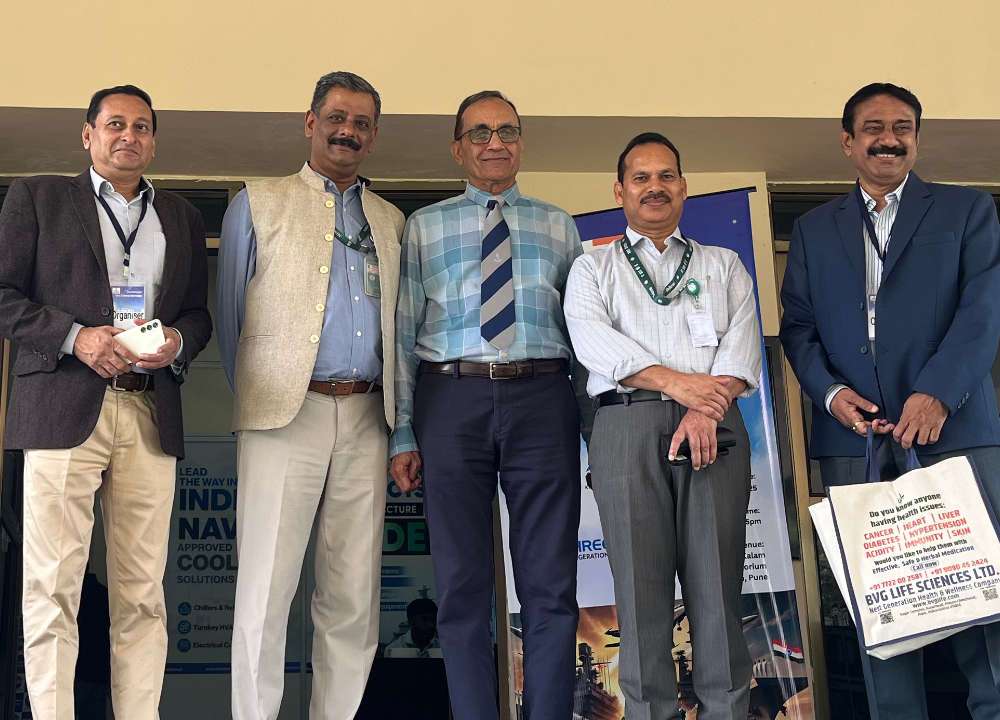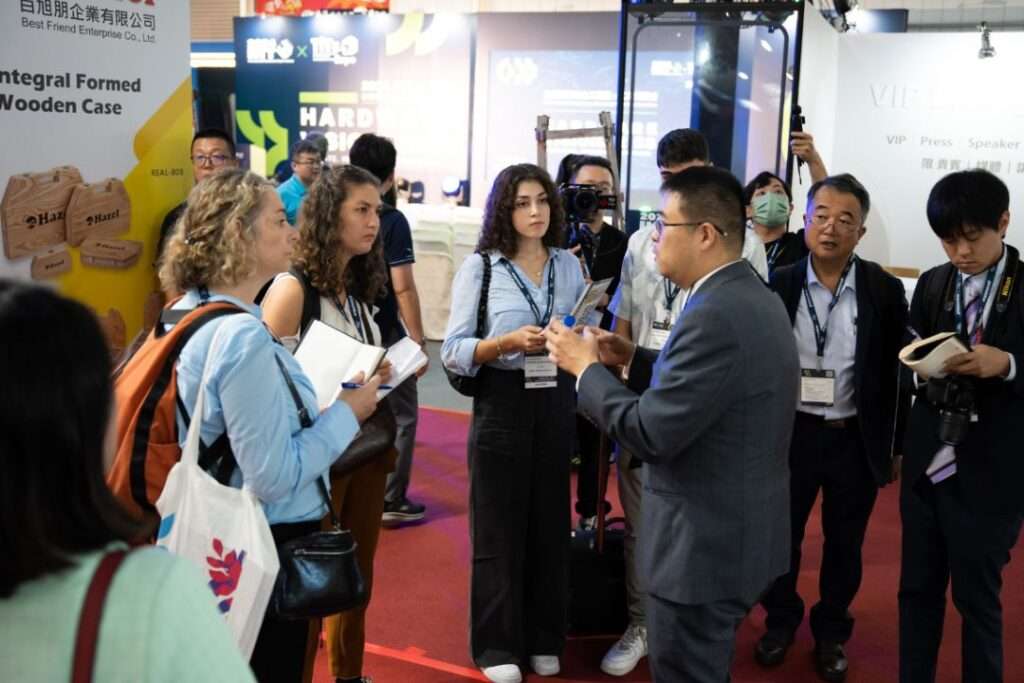The Indian steel sector, grappling with surging imports and price volatility, is looking for policy interventions in 2025 to address market challenges and support its ambitious 300 MnT capacity target. The industry also faces pressure to transition to eco-friendly production processes, aligning with the government’s green steel push and global efforts to reduce emissions in hard-to-abate industries.
India, which aims to achieve 300 MnT annual steel capacity by 2030, needs an investment of ₹10 lakh crore to add the remaining 120 MnT capacity. However, rising imports have added to the challenges. Official data shows steel imports during April-September FY25 rose by 41% to 4.7 MnT, while exports fell by 36% to 2.31 MnT.
Industry stakeholders have sought protection from cheaper imports, particularly from China and other countries like Vietnam. The Ministry of Steel recently proposed a 25% safeguard duty on certain steel products, and the Directorate General of Trade Remedies (DGTR) is investigating a surge in flat steel imports following a complaint from the Indian Steel Association.
Imports accounted for 79% of the 5.7 MnT steel imported by India during April-November 2025, primarily from China, Japan, and Korea. This influx has led to a drop in steel prices, particularly in the flat products segment, amid rising inventories.
Despite these challenges, the sector has made gains. India’s crude steel capacity rose to 180 MnT in 2024 from 164 MnT in 2023, with production increasing to 146 MnT from 130 MnT. For 2025, the industry forecasts capacity at 195 MnT, production at 158 MnT, and consumption at 155 MnT.
Raw material costs have added to the woes. Coking coal prices rose from $200/tonne in Q2 FY25 to $225/tonne in December, while iron ore prices increased from $90/tonne to $100/tonne. Meanwhile, hot-rolled coil (HRC) prices dropped from ₹48,000/tonne in Q2 to ₹47,000/tonne in December.
To promote clean practices, the government introduced a green steel taxonomy in December. This initiative aims to give Indian players a competitive edge under measures like the EU’s Carbon Border Adjustment Mechanism (CBAM), which discourages imports of non-sustainably produced steel.
Decarbonisation remains a priority for the sector, which must adopt energy-efficient technologies, carbon capture solutions, and alternative fuels to meet global standards. However, industry groups like CII have flagged the slow adoption of green steel as a major hurdle.
Capacity utilisation is expected to dip below 80% in 2025 for the first time in four years, according to ICRA. The stainless steel segment, which operates at 60% capacity utilisation, has called for a separate policy to boost its contribution to sustainable development and infrastructure projects. The sector remains optimistic about policy measures and market demand, with a focus on driving growth in urban development, water infrastructure, and smart city initiatives, the Indian Stainless Steel Development Association (ISSDA) said.








